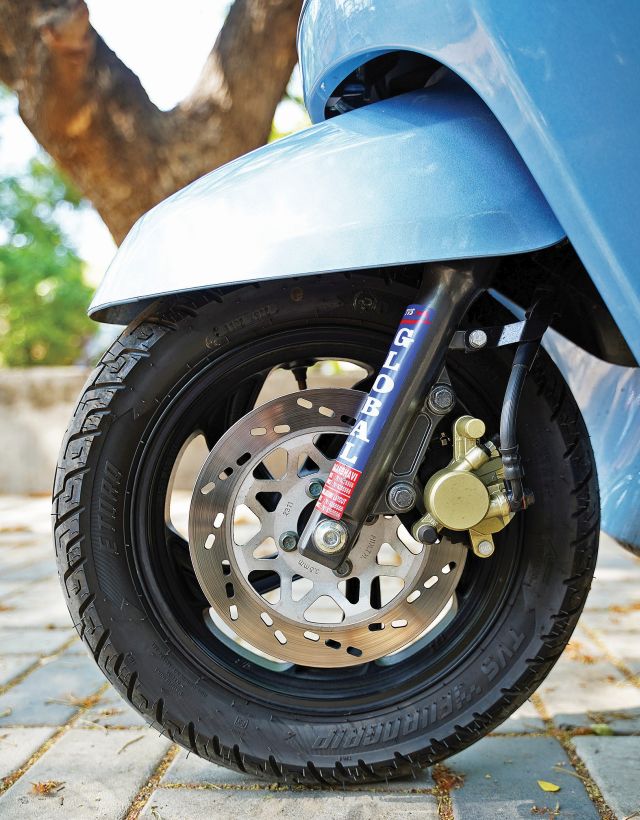The EMotorad X2, a cutting-edge electric cycle that combines style, performance, and eco-friendliness for an exhilarating ride.
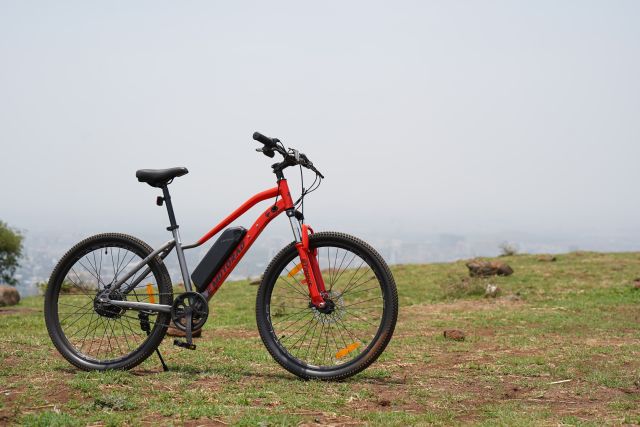
Best Bikes in India | No.1 Two Wheeler Magazine
The EMotorad X2, a cutting-edge electric cycle that combines style, performance, and eco-friendliness for an exhilarating ride.

Some motorcycles are special. The Royal Enfield Super Meteor 650 is easily one of them. To gauge just how much, we tested it for months to bring you this detailed report.
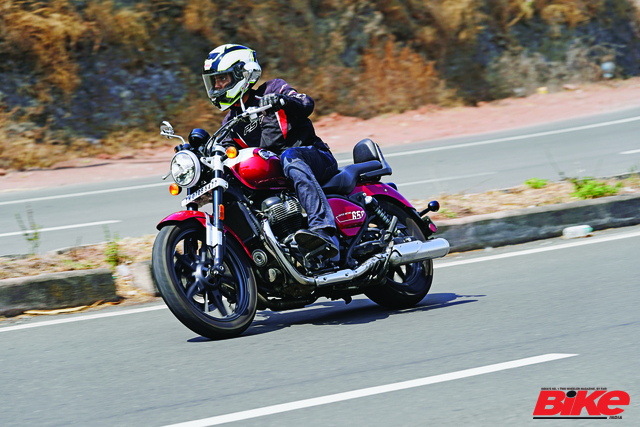
The SRK 400 is QJMotor’s most premium offering in the country and also our only option in so far as 400-cc naked twins are concerned.
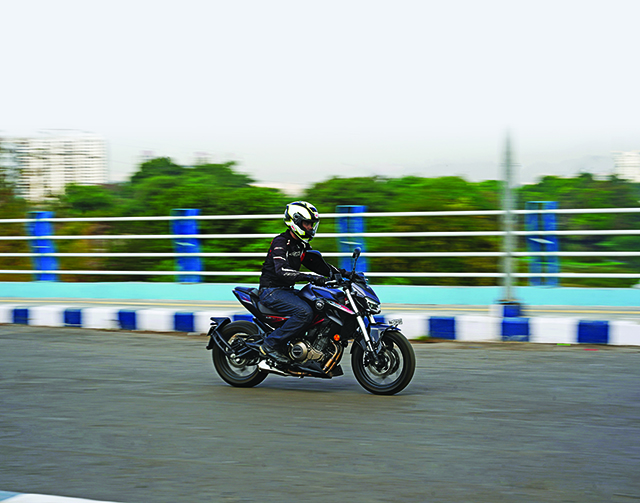
The Keeway V302C is the only 300-cc V-twin cruiser in India and we take it for a spin to see just how good it is.
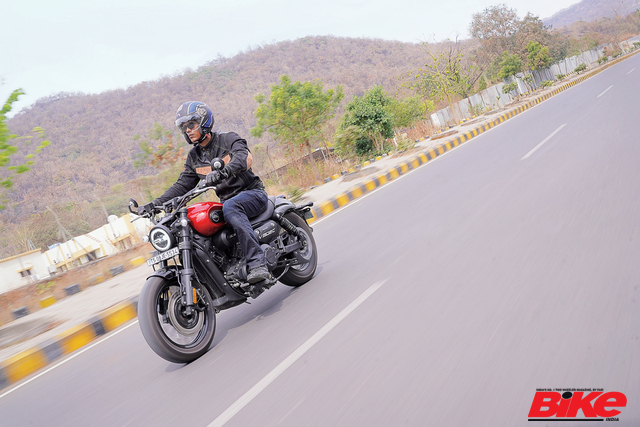
We had an opportunity to test the TVS Eurogrip ETORQ tyres especially made for electric scooter.
